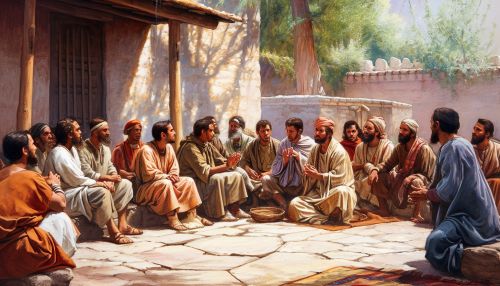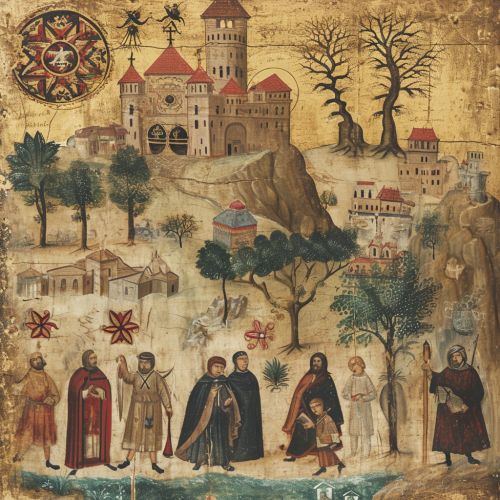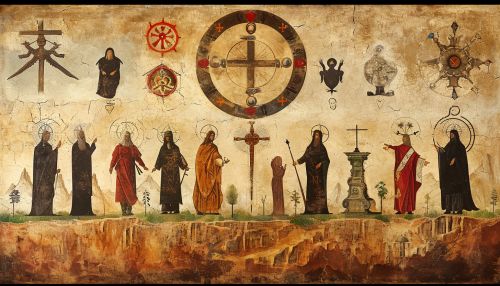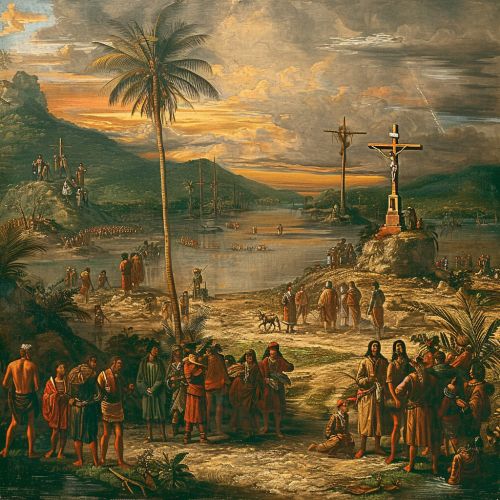Christianization
Origins of Christianization
Christianization refers to the conversion of individuals, cultures, or nations to Christian faith. The process involves the adoption of Christian beliefs, values, and practices, often replacing or reformulating indigenous religious and cultural practices. This phenomenon has occurred throughout history, often in conjunction with political and social changes.


Early Christianization
The process of Christianization began in the first century AD with the teachings of Jesus of Nazareth and the missionary work of his disciples. The Apostolic Era saw the spread of Christianity throughout the Roman Empire and beyond, primarily due to the missionary efforts of the apostles, particularly Paul and Peter.
Christianization of the Roman Empire
The Christianization of the Roman Empire was a significant turning point in the history of Christianity. The process began in the 1st century AD and was largely completed by the end of the 4th century. The Edict of Milan in 313 AD, issued by Emperor Constantine, legalized Christianity and ended the Roman persecution of Christians. In 380 AD, the Edict of Thessalonica made Christianity the state religion of the Roman Empire.
Christianization of Europe
The Christianization of Europe occurred over several centuries, beginning in late antiquity and continuing through the Middle Ages. This process was often linked to the political and cultural changes taking place in Europe during this period.


Western Europe
In Western Europe, the Christianization process was facilitated by the Catholic Church and various monastic orders. The conversion of the Franks under Clovis I in the late 5th century marked a significant step in the Christianization of Western Europe. The conversion of the Anglo-Saxons in the 7th century, led by missionaries such as Augustine, further solidified the presence of Christianity in the region.
Eastern Europe
In Eastern Europe, the Christianization process was influenced by both the Catholic Church in the West and the Orthodox Church in the East. The conversion of Kievan Rus' in the 10th century, under the reign of Vladimir the Great, marked a significant milestone in the Christianization of Eastern Europe.
Christianization of the Americas
The Christianization of the Americas began in the late 15th century with the arrival of European explorers and colonizers. This process was often marked by conflict and controversy, as indigenous cultures and religions were often suppressed or replaced by Christianity.


Christianization in the Modern Era
In the modern era, Christianization continues through the efforts of missionaries, churches, and Christian organizations around the world. This process is often intertwined with issues of cultural preservation, religious freedom, and human rights.
